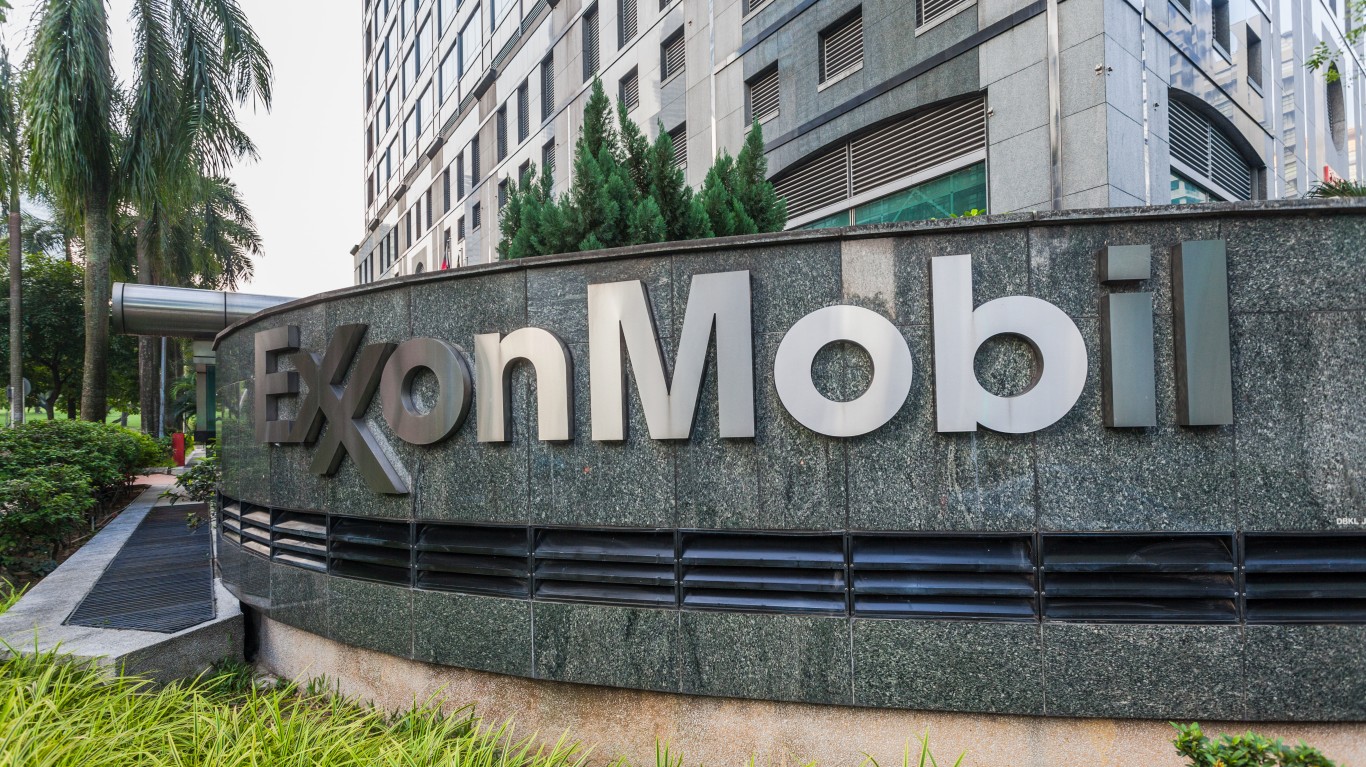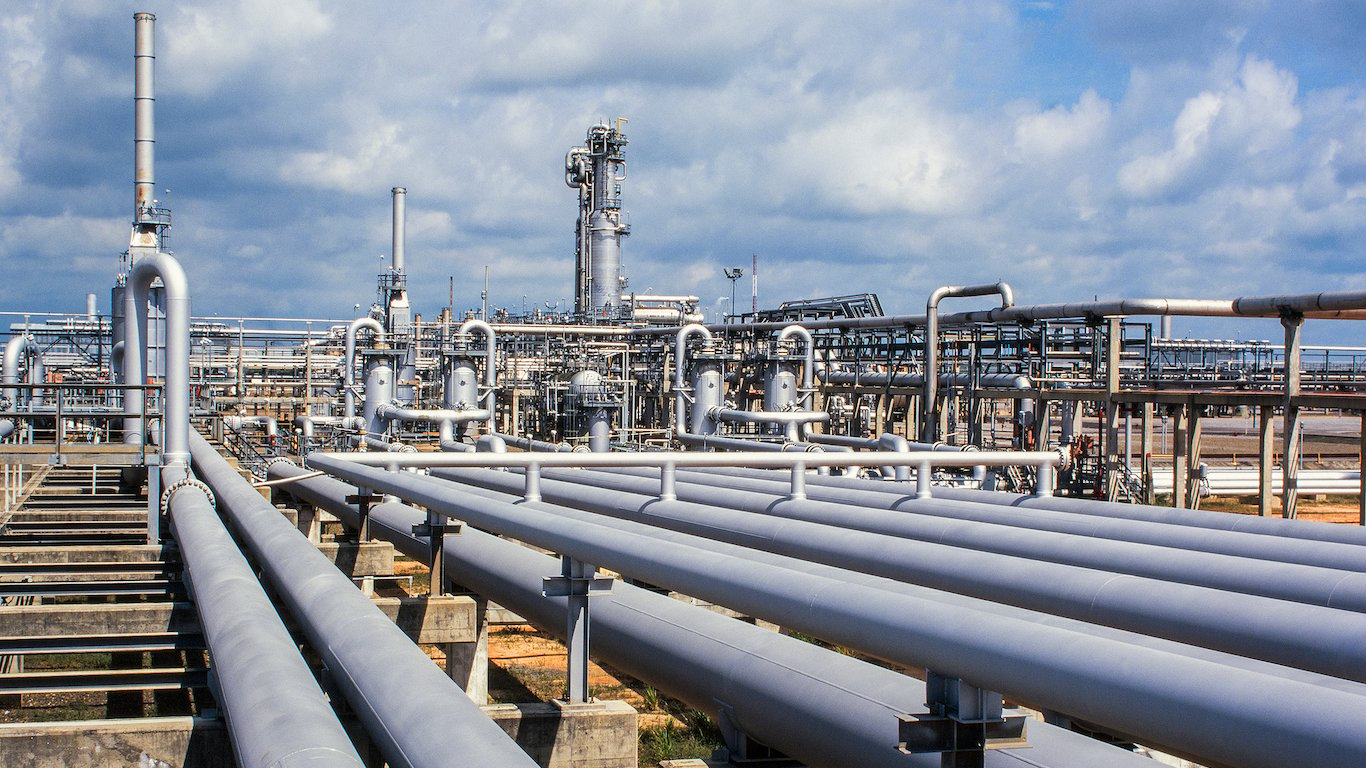

According to the pundits who loved oil at $75 a barrel, it’s possible the black gold could now be going to $40. In what is a typical response from financial network commentators, once the avalanche starts, it won’t stop until everybody is buried. The reality of the situation is that oil already has traded down into bear market territory, and it could rally next year for numerous reasons.
First off, the Saudis are desperately cutting production to halt the pricing slide, and it’s critical as oil the main source of revenue for the country. In addition, despite constant commentary, including some from President Trump, while supply may be high now, it won’t be forever. In fact, in their annual report, the International Energy Agency estimates that an additional 10 million barrels of oil a day will have to be added through 2025 to cope with rising demand. That is the equivalent of adding another Russia to global supply in seven years.
So what should concerned investors do now? For safety sake, it makes sense to stick with the mega-cap integrated giants. We screened out 24/7 Wall St. research database to find Buy ratings on the largest oil companies, and it was pretty easy. Here are four to consider now.
Chevron
This integrated giant is a safer way for investors looking to stay or get long the energy sector, and it has big Permian Basin exposure. Chevron Corp. (NYSE: CVX) is a U.S.-based integrated oil and gas company, with worldwide operations in exploration and production, refining and marketing, transportation and petrochemicals.
The company sports a sizable dividend and has a solid place in the sector when it comes to natural gas and liquefied natural gas (LNG). Some on Wall Street estimate that the company will have a compound annual growth rate of over 5% for the next five years.
Many on Wall Street feel that, with Permian production and asset disposals targets reset, the company can raise the dividend 20% and buy back 15% of shares. Many analysts view the strategy update as appropriately conservative for one of the more oil-levered majors. The Chevron strategy through 2020 is focused on discipline, enabled by step change in capital efficiency driven by doubling Permian production.
Jefferies recently noted that the company presents to investors the most advantaged portfolio in the sector. A strong growth profile is driven by high-margin projects tied to oil prices. Australian LNG and Tengiz are essentially no-decline assets and underpin financial performance. An industry-leading Permian Basin position provides short cycle investment opportunities to 2030 and beyond.
Chevron shareholders are paid an outstanding 3.83% dividend. The Jefferies price target for the shares is $157, and the Wall Street consensus price target is $145.72. The shares traded at $119.06 apiece on Friday’s close.
ConocoPhillips
This stock may offer investors solid upside potential and could start growing its dividends again. ConocoPhillips (NYSE: COP) explores for, produces, transports and markets crude oil, bitumen, natural gas, liquefied natural gas and natural gas liquids (NGLs) worldwide.
Conoco’s portfolio includes resource-rich North American tight oil and oil sands assets; lower-risk legacy assets in North America, Europe, Asia and Australia; various international developments; and an inventory of conventional and unconventional exploration prospects. Many Wall Street analysts feel the company can accelerate growth from a reloaded portfolio depth in the Bakken and Eagle Ford, and with visibility on future growth from a sizable position in the Permian.
The company posted better-than-expected quarterly profits last week, and the Merrill Lynch team said this:
The broader market pullback creates an attractive entry point with 25% upside to our revised $85 PO. Free cash leverage to oil is still underappreciated after revisiting a 2014 Alaska tax change muted through the downturn. Free cash flow at current strip prices suggests the current buyback program can expand 50% before planned asset sales.
Conoco investors are paid a 1.92% dividend. Merrill Lynch has an $85 price target, and the consensus target is $83.05. The shares closed at $66.12 on Friday.
Exxon Mobil
This remains a top Wall Street energy pick, and it is on the US 1 list at Merrill Lynch. Exxon Mobil Corp. (NYSE: XOM) is the world’s largest international integrated oil and gas company. It explores for and produces crude oil and natural gas in the United States, Canada, South America, Europe, Africa and elsewhere.
The company also manufactures and markets commodity petrochemicals, including olefins, aromatics, polyethylene and polypropylene plastics, and specialty products, and it transports and sells crude oil, natural gas and petroleum products.
When the company posted strong third-quarter results, the analysts noted this:
Solid quarter with earnings and cash flow beat on the downstream segment. Production beat looks like it is on Permian growth which we view as underappreciated aspect to the company’s story. All-in-all, we see the quarter as a welcome start to management plans to double cash flow by 2025 and retain our Buy rating.
Shareholders are paid a very solid 4.19% dividend. The $110 Merrill Lynch price objective is well above the $89.51 consensus target price. The shares were last seen at $78.96.
Royal Dutch Shell
This is a top international play for investors looking to add energy exposure. Royal Dutch Shell PLC (NYSE: RDS-A) operates as an independent oil and gas company worldwide through its Upstream and Downstream segments. The company explores for and extracts crude oil, natural gas and NGLs.
Royal Dutch Shell also converts natural gas to liquids to provide fuels and other products; markets and trades crude oil and natural gas; transports oil; liquefies and transports gas; extracts bitumen from mined oil sands and converts it to synthetic crude oil; and generates electricity from wind energy.
In addition, the company engages in the conversion of crude oil into a range of refined products, including gasoline, diesel, heating oil, aviation fuel, marine fuel, LNG for transport, lubricants, bitumen and sulphur; production and sale of petrochemicals for industrial customers; refining; trading and supply; pipelines and marketing; and alternative energy businesses.
Merrill Lynch remains bullish on the stock and noted this when earnings were released:
The company delivered $4.2 billion excess free cash flow in the third quarter and announced buyback acceleration in the fourth quarter. This signals managements confidence in free cash flow momentum despite a slight third quarter net income miss. We believe Royal Dutch Shell will deliver sector-leading 2020 free cash flow yield above 16%.
Investors are paid a huge 5.18% dividend. Merrill Lynch has set its price objective at $85. The consensus estimate is $82.63, and the stock ended the week at $62.02 per share.
With oil at 2018 lows, these stocks are outstanding long-term buys for growth portfolios looking for income as well. With the sanctions on Iran fully in place, demand could soar, especially if we see positive trade deal negotiations. Plus, the long-term demand implications are not going away any time soon.
Take This Retirement Quiz To Get Matched With A Financial Advisor (Sponsored)
Take the quiz below to get matched with a financial advisor today.
Each advisor has been vetted by SmartAsset and is held to a fiduciary standard to act in your best interests.
Here’s how it works:
1. Answer SmartAsset advisor match quiz
2. Review your pre-screened matches at your leisure. Check out the
advisors’ profiles.
3. Speak with advisors at no cost to you. Have an introductory call on the phone or introduction in person and choose whom to work with in the future
Take the retirement quiz right here.
Thank you for reading! Have some feedback for us?
Contact the 24/7 Wall St. editorial team.
 24/7 Wall St.
24/7 Wall St. 24/7 Wall St.
24/7 Wall St.

